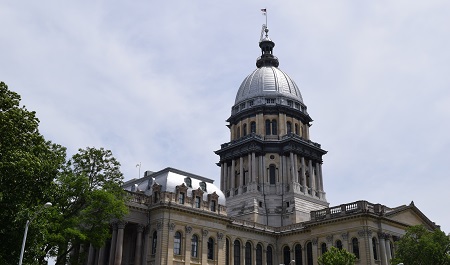Illinois has undoubtedly made progress in career and technical education (CTE) over the last decade—both in expanding opportunities for students and in collecting disaggregated data to support equity. School leaders are clamoring for more CTE investment and it’s a win-win proposal: smart for students and their individual futures and a strategic investment for Illinois’ economy. Last year’s budget saw a $4.6 million increase to the program; however, if Illinois had kept pace with inflation, the CTE appropriation would be about $80 million instead of $48 million.

But strengthening CTE is not just about more funding. It’s also about deliberate growth of programming in high-demand, high-skill, high-pay career areas, and equitable opportunities for students in every zip code. This report identifies four strategic policies to advance dual credit in Illinois:
- Conduct a return-on-investment analysis.
- Commit to sustainable funding.
- Complete a capital needs assessment.
- Provide CTE course parity.
We also hope this report is a helpful hub of CTE information – like historical budget information, funding allocation flowcharts, links to existing datasets, models from other states, exemplars from several school districts, and other pertinent resources related to Career and Technical Education, Workplace Learning, and Dual Credit.















